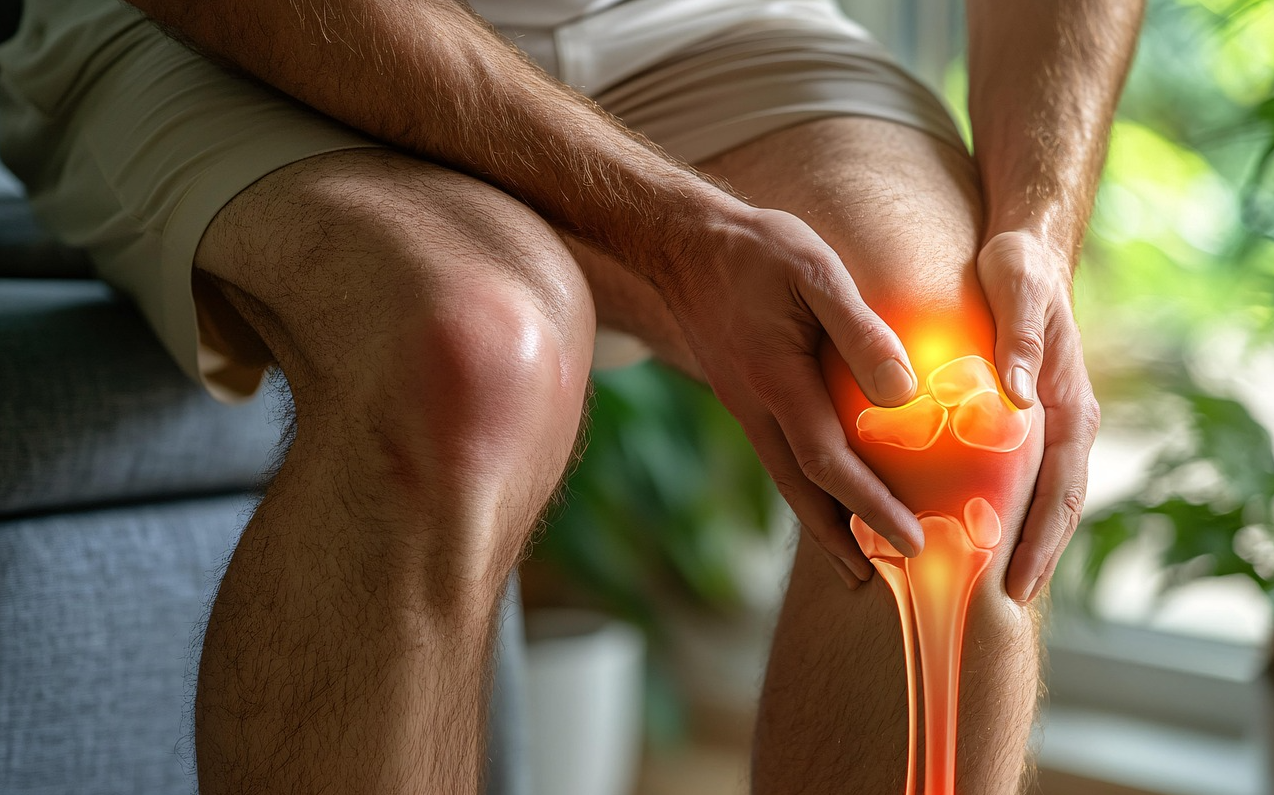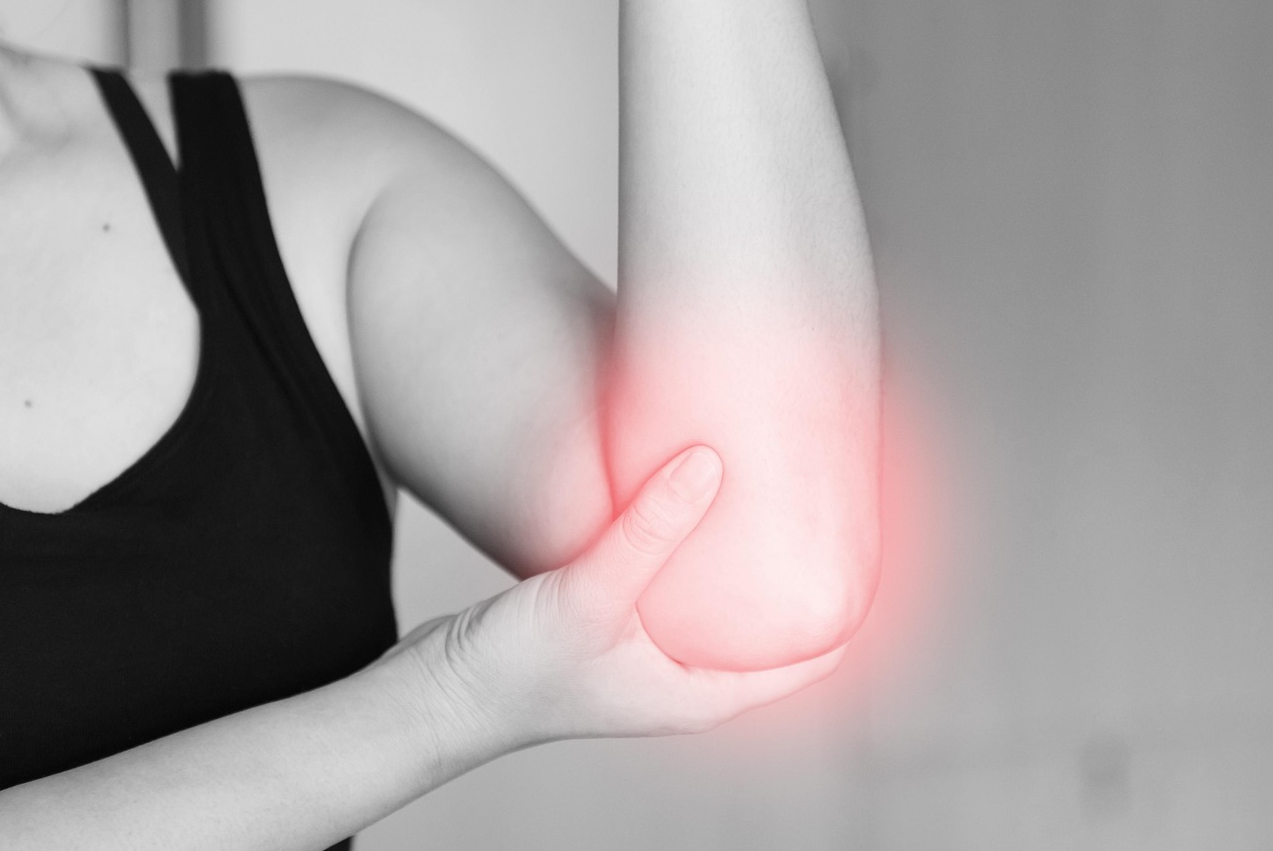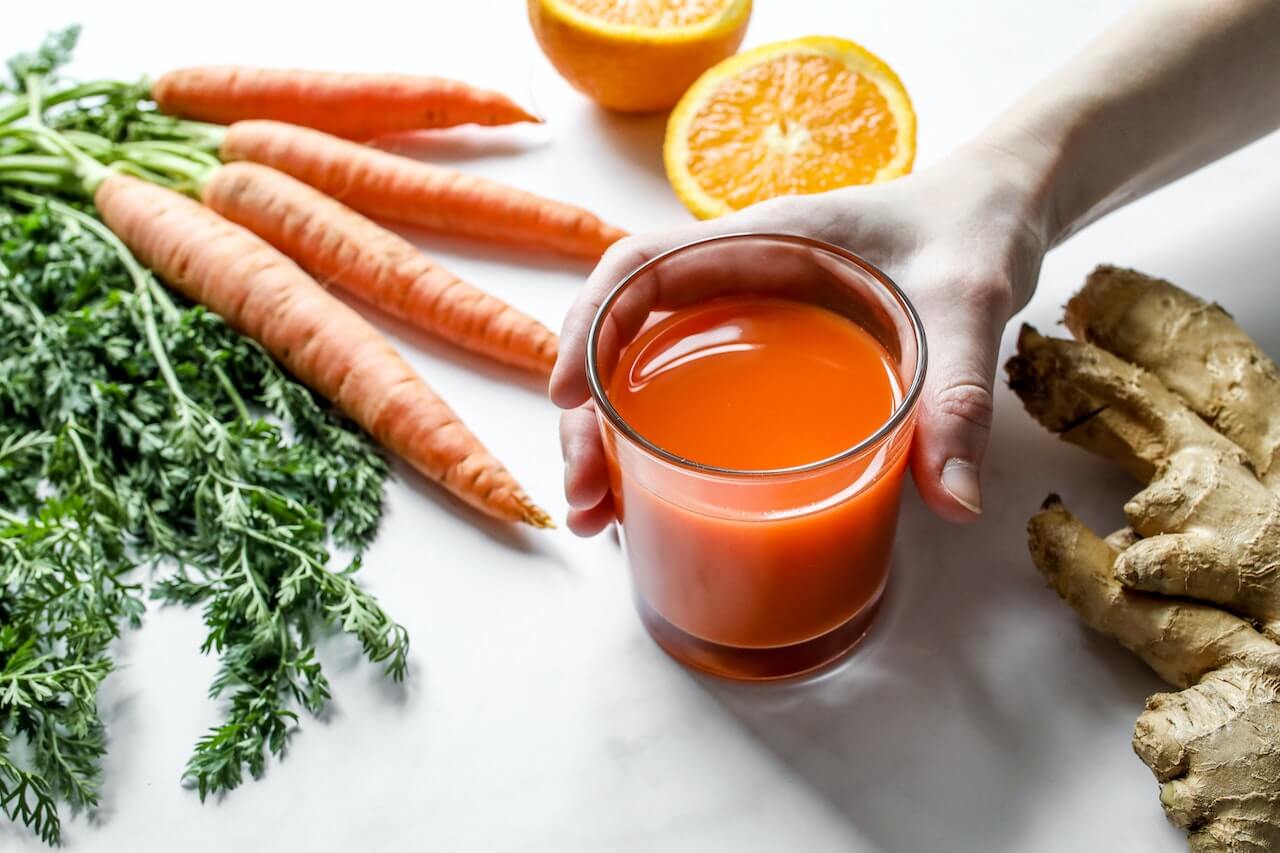We’ve all heard the phrase, “lose weight while you sleep,” but let’s be honest—most of the time, it sounds too good to be true. But what if I told you that one cup of a simple, natural bedtime mix could help you shed those stubborn pounds faster than you ever thought possible?
This isn’t just another fad diet or miracle weight-loss trick. This is a practical, easy-to-make mix of ingredients that, when consumed before bed, can boost your metabolism, regulate your hormones, and help your body burn fat while you sleep.
Let’s dive into the ingredients, how they work, and why this bedtime mix made such a difference in my own weight-loss journey.
The Magic Behind the Bedtime Mix
Before I share the recipe, it’s important to understand why this mix works so well for weight loss. The key is that many of the ingredients help regulate hormones like cortisol and insulin, which can affect how our body stores fat. When we sleep, our bodies do a lot of metabolic work, and certain ingredients can optimize that process.
Here’s what I include in my go-to bedtime mix:
The Bedtime Weight Loss Mix Ingredients
1. Warm Water (or Herbal Tea) – 1 Cup
I start with a base of warm water, or sometimes herbal tea like chamomile or peppermint. This helps to relax the body and kickstart digestion. Drinking a warm liquid before bed is a soothing ritual that can signal your body to wind down.
2. Apple Cider Vinegar – 1 Tablespoon
Apple cider vinegar (ACV) has been praised for its fat-burning properties. It helps regulate blood sugar levels, curbs appetite, and improves digestion. Plus, it’s a natural detoxifier, which helps cleanse your body of any excess waste before bed.
3. Ground Flaxseeds – 1 Tablespoon
Flaxseeds are an amazing source of fiber, which supports digestion and keeps you feeling full longer. The fiber in flaxseeds also helps prevent bloating and contributes to the detox process, flushing out toxins from the digestive system.
4. Cinnamon – 1/2 Teaspoon
Cinnamon is not just a tasty spice; it also has powerful fat-burning properties. It helps regulate blood sugar levels, reduces insulin resistance, and promotes fat metabolism. It’s also loaded with antioxidants that support overall health.
5. Honey – 1 Teaspoon (Optional)
A little bit of honey can help sweeten the mix naturally, while also supporting a good night’s sleep. Honey promotes melatonin production, which helps you fall asleep faster and deeper. It also has antibacterial properties and can help soothe the digestive system overnight.
6. Ginger – 1/2 Teaspoon (Fresh or Ground)
Ginger is a powerful anti-inflammatory ingredient that aids digestion and boosts metabolism. It also helps to reduce bloating and improve circulation, which is essential for weight loss. Plus, it’s great for calming the stomach and aiding restful sleep.
How It Works
The Metabolism Boost
This mix promotes fat-burning while you sleep by boosting your metabolism. Ingredients like ACV, cinnamon, and ginger work together to keep your body’s fat-burning mechanisms active, even when you’re resting.
Appetite Control
Flaxseeds and ACV both help control your appetite, which can prevent overeating the next day. You’ll notice less late-night snacking cravings, and your overall hunger levels will stabilize.
Improved Digestion
Ginger, cinnamon, and flaxseeds are known for their digestive benefits. They help improve gut health, reduce bloating, and make sure that you’re absorbing nutrients more effectively, which can all contribute to weight loss.
Hormonal Balance
Apple cider vinegar helps regulate blood sugar levels and reduce insulin resistance, while cinnamon supports hormonal balance, both of which are key for successful weight loss.
My Personal Experience: Slimming Down Fast
I’ve always struggled with my weight, particularly around my midsection. But when I started drinking this bedtime mix regularly, I noticed a significant reduction in bloating, fewer sugar cravings, and a more balanced weight overall. It’s a gentle but effective solution that works with your body’s natural processes.
I decided to give this mix a try after reading about its benefits and thinking, “Why not? It sounds easy, and I could use a little extra help!” And I’m so glad I did.
In the first few weeks, I lost a couple of pounds, but what really made a difference was how energized and refreshed I felt when I woke up in the morning. Not only was I losing weight, but I was sleeping better and feeling less sluggish during the day.
How to Make the Bedtime Mix
Ingredients
- 1 cup warm water or herbal tea
- 1 tablespoon apple cider vinegar
- 1 tablespoon ground flaxseeds
- 1/2 teaspoon cinnamon
- 1 teaspoon honey (optional)
- 1/2 teaspoon fresh or ground ginger
Instructions
- Boil water or brew your tea of choice and pour it into a mug.
- Add the apple cider vinegar, flaxseeds, cinnamon, and ginger to the warm liquid.
- Stir everything well to combine.
- Optionally, add honey to sweeten it.
- Drink your bedtime mix about 30 minutes before heading to bed.
Enjoy the calming, detoxifying effects of this simple bedtime routine, and let it work its magic overnight.
Final Thoughts
While there’s no one-size-fits-all weight loss solution, adding this bedtime mix to your routine is a natural, easy way to support your metabolism and overall health. It’s not about miracle pills or extreme dieting—it’s about consistency and allowing your body to do the work with a little extra help from nature.
Give it a try for a week or two and see how it works for you. You might be surprised by the results! Don’t forget to combine it with a healthy diet and regular exercise for even better results.
We’ve all heard the phrase, “lose weight while you sleep,” but let’s be honest—most of the time, it sounds too good to be true. But what if I told you that one cup of a simple, natural bedtime mix could help you shed those stubborn pounds faster than you ever thought possible? This isn’t just another fad diet or miracle









